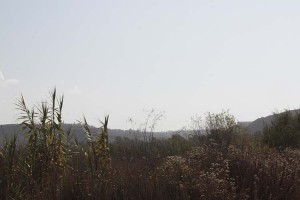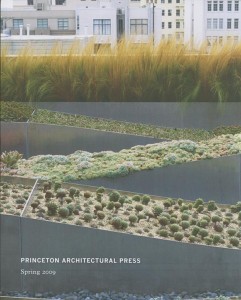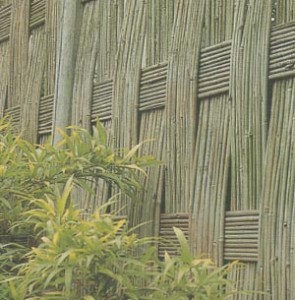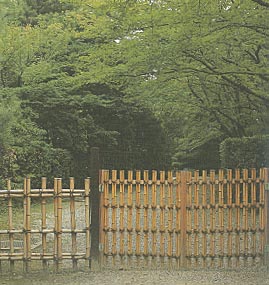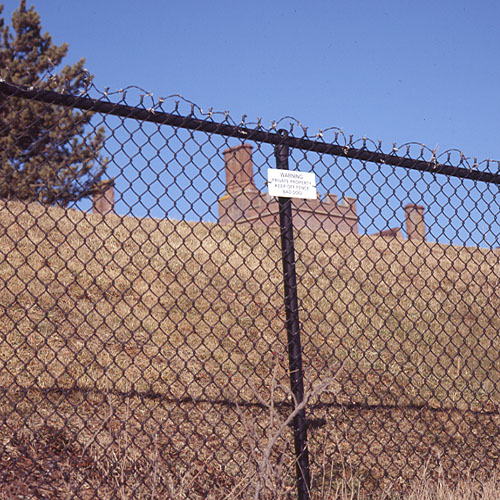I’m standing in the United States as I take this picture. The hills you see are less than a mile to the south but are mostly in Mexico, across the border. The low break in the hills carries the name Smuggler’s Gulch.
The mouth of said gulch has been part of one of the more controversial terraforming projects in progress as we speak, the demonstration of enhanced fencing techniques that is the US-Mexico border fence. Ironic/pathetic isn’t it, that not that many weeks ago the news was buzzing with the twentieth anniversary of the fall of the Berlin wall, but here in many of our back yards new walls are going up? I’ll leave discussion of the ethics and human costs of the fence-building mindset to organizations like Amnesty International or even the Catholic Church, but the project’s costs to stuff like nature are pretty steep as well.

Left: This photo by April Reese from a January Land Letter shows much better than my photo just some of the earth moving that went into blocking off this canyon. [ Source ]
When people hear that the Department of Homeland Security is building a fence they might say, oh that’s nice, what harm can a little 15 foot tall fence do? Well, place your nice little 15 foot fence on top of 35,000 truckloads of fill dirt essentially forming an earthen dam designed to contain humans instead of water. Humans have more cognitive ability than water molecules, so what might contain water will just send the humans to the next available crossing point.
The rich coastal chaparral that was here has been bulldozed and buried. Hay wattles with some hydroseeded low-growing plants will be expect to take care of erosion control. Down-slope, the sensitive habitat of the Tijuana River National Estuarine Research Reserve waits to see what’s going to happen once the rains begin.

